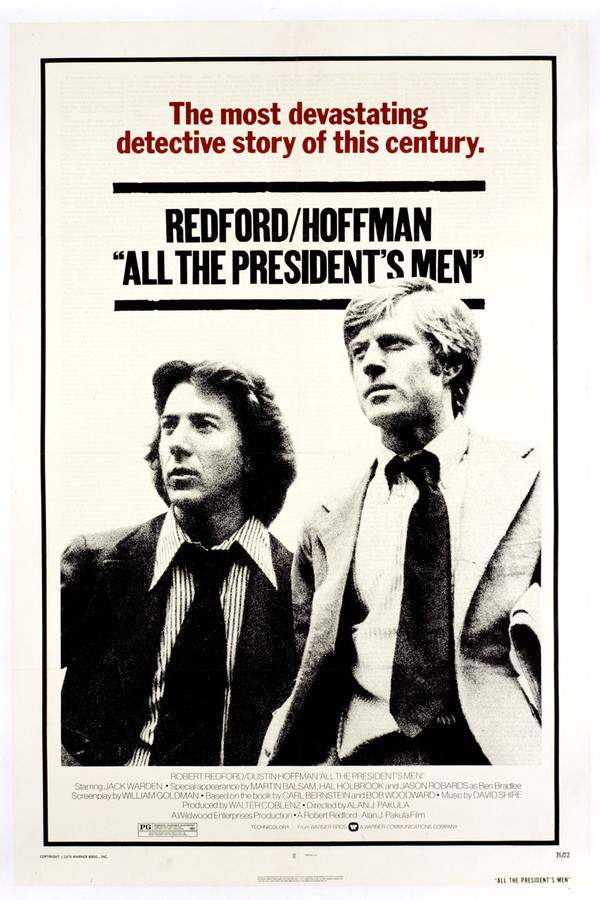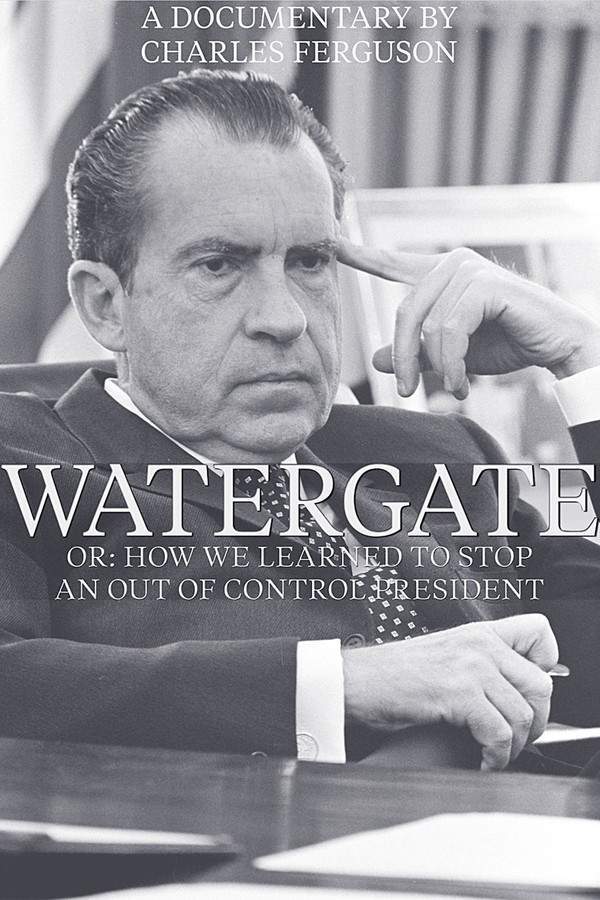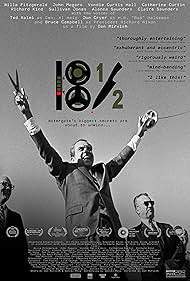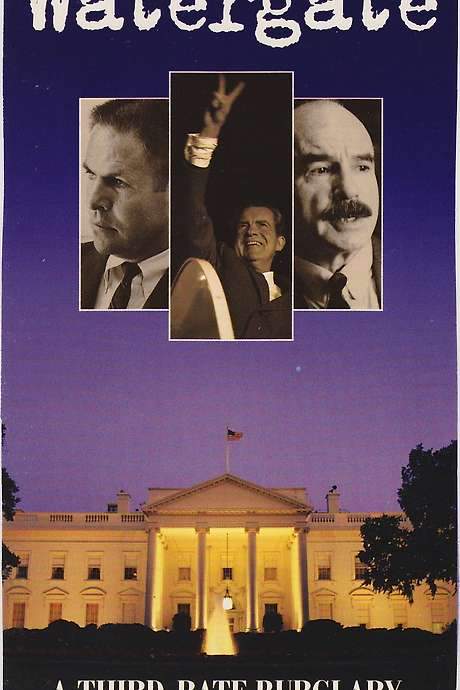
All the President's Men
Year: 1976
Runtime: 138 min
Language: English
Director: Alan J. Pakula
Following a break-in at the Watergate Hotel, Washington Post reporters Bob Woodward and Carl Bernstein begin investigating a story that leads them to uncover a vast political scandal. As they delve deeper, facing resistance and intimidation at every turn, the reporters work tirelessly to expose the truth and hold those in power accountable, ultimately threatening the presidency itself.
Warning: spoilers below!
Haven’t seen All the President's Men yet? This summary contains major spoilers. Bookmark the page, watch the movie, and come back for the full breakdown. If you're ready, scroll on and relive the story!
Timeline – All the President's Men (1976)
Trace every key event in All the President's Men (1976) with our detailed, chronological timeline. Perfect for unpacking nonlinear stories, spotting hidden connections, and understanding how each scene builds toward the film’s climax. Whether you're revisiting or decoding for the first time, this timeline gives you the full picture.
Last Updated: November 16, 2024 at 12:29
Unlock the Full Story of All the President's Men
Don't stop at just watching — explore All the President's Men in full detail. From the complete plot summary and scene-by-scene timeline to character breakdowns, thematic analysis, and a deep dive into the ending — every page helps you truly understand what All the President's Men is all about. Plus, discover what's next after the movie.
All the President's Men Summary
Read a complete plot summary of All the President's Men, including all key story points, character arcs, and turning points. This in-depth recap is ideal for understanding the narrative structure or reviewing what happened in the movie.

Characters, Settings & Themes in All the President's Men
Discover the characters, locations, and core themes that shape All the President's Men. Get insights into symbolic elements, setting significance, and deeper narrative meaning — ideal for thematic analysis and movie breakdowns.

Similar Movies to All the President's Men
Discover movies like All the President's Men that share similar genres, themes, and storytelling elements. Whether you’re drawn to the atmosphere, character arcs, or plot structure, these curated recommendations will help you explore more films you’ll love.
Explore More About Movie All the President's Men
All the President's Men (1976) Plot Summary & Movie Recap
All the President's Men (1976) Scene-by-Scene Movie Timeline
All the President's Men (1976) Spoiler-Free Summary & Key Flow
Movies Like All the President's Men – Similar Titles You’ll Enjoy
Watergate (2018) Full Summary & Key Details
Watergate: Blueprint for a Scandal (1000) Full Summary & Key Details
Pressure and the Press: The Making of ‘All the President’s Men’ (1976) Plot Summary & Ending Explained
18½ (2022) Movie Recap & Themes
The Assassination of Richard Nixon (2004) Movie Recap & Themes
All the King’s Men (1949) Complete Plot Breakdown
Nixon (1995) Film Overview & Timeline
Watergate: High Crimes in the White House (2022) Plot Summary & Ending Explained
The Post (2017) Movie Recap & Themes
The Most Dangerous Man in America: Daniel Ellsberg and the Pentagon Papers (2009) Story Summary & Characters
Watergate (1000) Ending Explained & Film Insights
The Most Dangerous Man in America (2009) Spoiler-Packed Plot Recap
White House Plumbers (1000) Full Summary & Key Details
Gaslit (1000) Story Summary & Characters
Secret Honor (1984) Plot Summary & Ending Explained

















